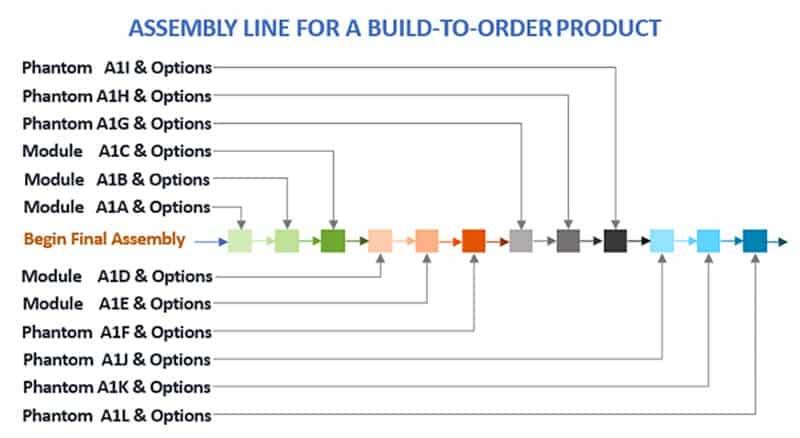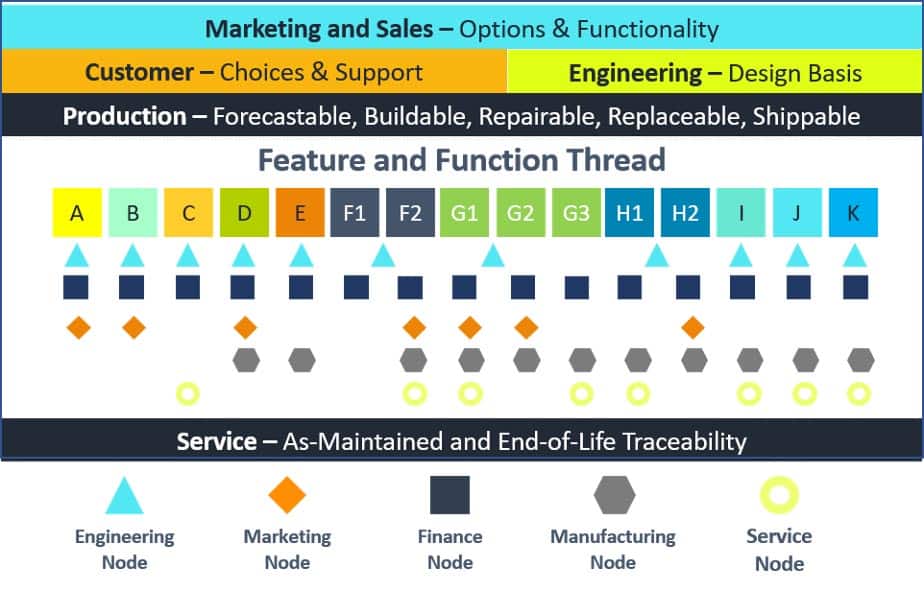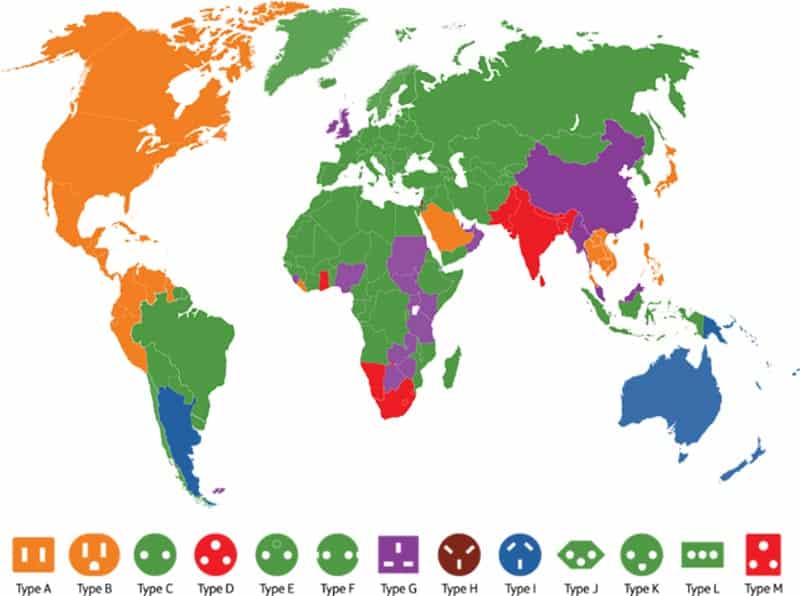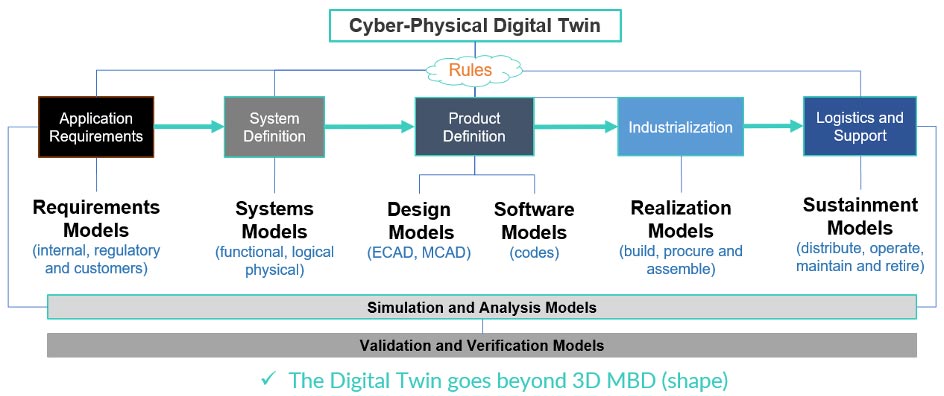End-to-End Configuration Control of Your Product
Most organizations utilize a product configurator solution at various levels of maturity to manage configuration of products and/or services. Configit, a leading enterprise configurator platform provider, states that their customers are able to reduce the overall time of the product lifecycle by 92%.
To achieve this order of magnitude improvement requires an investment by an organization at multiple levels. To ensure continued success, an enterprise must focus on improving its products and/or services as well as modernizing its configuration delivery system throughout the ecosystem. A world-class enterprise not only defines and documents its products and/or services, but its configuration delivery system as well.
Enterprise configurator’s allow complex product information to be broken down into multiple views throughout the lifecycle. Everything an enterprise does originates from a customer demand or a market-driven need. Each view is associated with its own set of data and hierarchical structure. Enterprises that integrate the configurator solution beyond standard CPQ capability have an advanced ability to forecast and dynamically plan the need for components that are available to add to the configuration as opposed to trying to forecast all the end versions.











